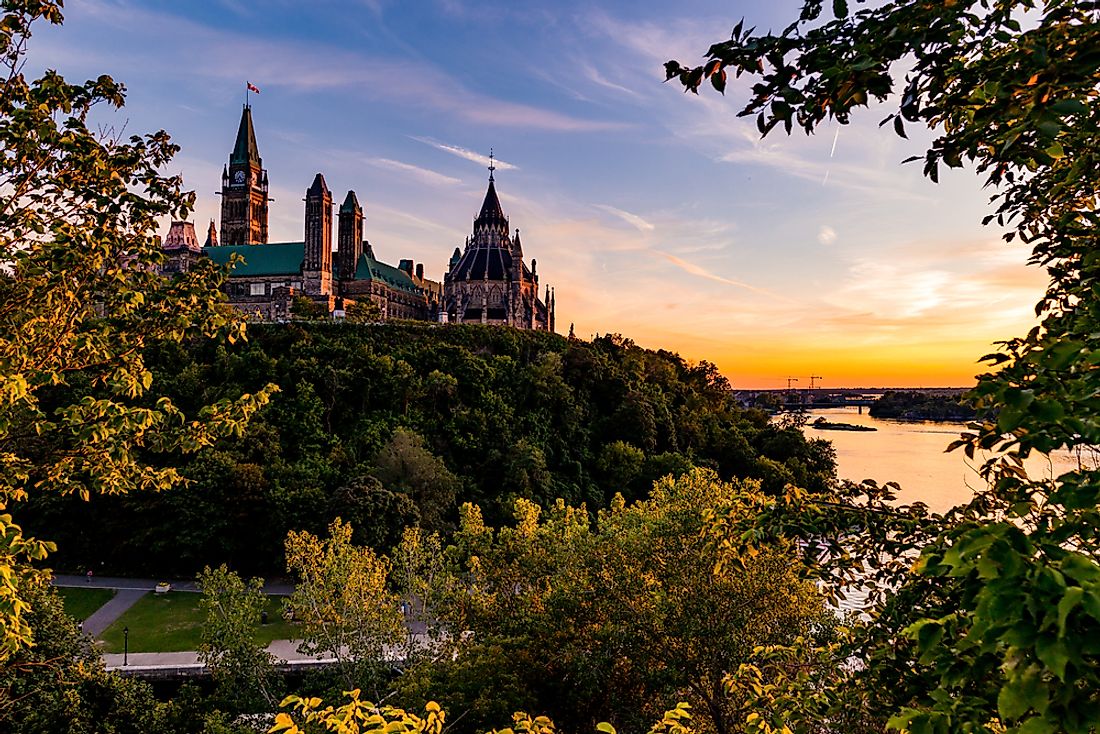10 Cities Who Changed Their Names

10. Dushanbe (Formerly Stalinabad)
Dushanbe is the largest city in Tajikistan. In Tajik, the official language of Tajikistan, “Dushanbe” means Monday. It used to be known as Dyushambe until on 16th October 1929 when it was renamed to Stalinabad in honor of Joseph Stalin. On the 10th of November 1961, the city was renamed again to Dushanbe. This was because according to history, the city grew out of a village whose market was popular and happened on Mondays. By 2016, Dushanbe was home to about 802,700 people.
9. Ho Chi Minh City (Formerly Saigon)
By population, this is the biggest city in Vietnam. The city used to be called Saigon before 2nd July 1976 when it officially was renamed to its current name. This was after it merged with the neighboring Gia Dinh Province. Before the renaming, Saigon used to be the capital city of Cochinchina, a French colony. It later became the capital city of South Vietnam, an independent republic from 1955 to 1975. Its name was changed to Ho Chi Minh after a deceased communist leader who went by the same name. However, the name Saigon is still widely used informally, with the term chiefly referring to the urban parts of Ho Chi Minh City. Despite this city being the largest by population, it is not the capital city of Vietnam (that is Hanoi).
8. Istanbul (Formerly Constantinople)
Istanbul is the most populated city in Turkey. While the historical and commercial center of this city lies in Europe, about a third of its population live in Asia. It is transcontinental, found in the Bosphorus strait that separates Asia and Europe. It used to be called Byzantium upon being founded in 660 BCE. When it was made the eastern capital of Roman Empire by Constantine the Great in 330 CE, it was Constantinopolis (or Constantinople) which means “City of Constantine”. There are many folklore narrating the origin of the name, with some claiming that it used to be called “Islambol” to mean the “City of Islam” due to Islam being the main religion.
7. Kinshasha (Formerly Leopoldville)
Kinshasa is the largest city in the Democratic Republic of Congo which also doubles up as its capital city. After Cairo and Lagos, Kinshasa comes third in Africa’s largest urban areas while it recently overtook Paris as the largest Francophone urban area. Located beside the Congo River, Kinshasa used to be a site of fishing and trading. It used to be called Leopoldville but in 1966, the then Prime Minister of the Republic of Congo renamed it to Kinshasa while “Africanizing” the names of places in the country. The name was derived from ‘Kinchassa’, a name of a village that once stood near where Kinshasa is.
6. Mumbai (Formerly Bombay)
The current most populous city in India used to be called Bombay. That was until 1995 when the name officially changed to Mumbai. The current name is from “Mumba,” a patron goddess called “Mumbadevi” while “I” is “mother” in the Marathi language. The city was renamed in November 1995 by the government, with arguments that “Bombay” was an English corruption of “Mumbai”.
5. New York (Formerly New Amsterdam)
New York City boasts the highest population in the United States. It was founded in 1624 by Dutch colonists on the Lower Manhattan. Two years later, it was named “New Amsterdam”. In 1664 however, the Dutch surrendered it to English troops. The lands were granted to Charles II of England’s brother the Duke of York hence named “New York” after him.
4. Ottawa (Formerly Bytown)
Ottawa was founded as Bytown in 1826. In 1855, it was incorporated as Ottawa. The name Ottawa came from Ottawa River, whose name too was derived from “Odawa” which means “to trade”. Ottawa was selected as a permanent capital of the Province of Canada (Canada was a British colony) by Queen Victoria on 1857’s New Year’s Eve. She selected it because of its isolated location that made it more less vulnerable to attack.
3. Oslo (Formerly Kristiania)
The capital city of Norway, Oslo, was founded in 1040. It was destroyed by fire in 1624 during King Christian IV’s reign.It was renamed to Christiania in his honor, and after a spelling reform, it was called Kristiania from 1877 to 1925 when its initial name, Oslo, was restored. The name “Oslo” is still of debatable origin as there is no clear explanation. The city constitutes a municipality and a county and besides being the capital city of Norway, it also is its most populous city.
2. Toronto (Formerly York)
Toronto is the largest city in Canada by population. It was established by the British in 1793 before it was later designated as the capital of Upper Canada. It was the site of “Battle of York” that took place in 1812 and as a result it, suffered some heavy damage caused by the U.S troops. In 1834, the city was renamed and incorporated as the city of Toronto becoming the official capital city of the province of Ontario when it was created in 1867.
1. Tallinn (Formerly Reval)
Tallin is the largest city in Estonia that also doubles up as its capital. Located towards the north of the country, Tallin was first mentioned in 1219 but it was in 1248 when it received city rights. Its earliest name was Kolyvan, believed to have been derived from Kalev, an Estonian mythical hero.It however was called Lindanisa up to the 13th century, a name that was derived from Kalev’s mythical wife Linda. After 1219 however, the town would be called Reval. This name was replaced in 1918 when Estonia became independent. Back then, Tallinna and Tallin would be used. The origin of the word is thought to be Taani-linna which is Estonian for Danish town.











